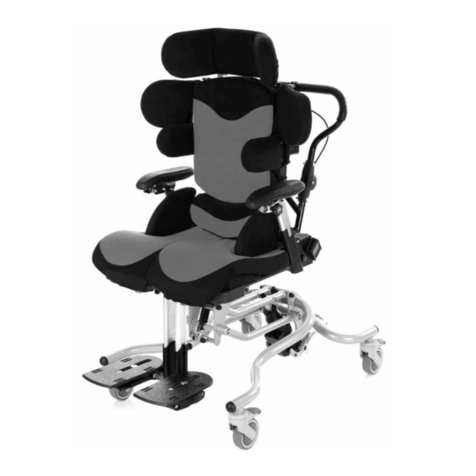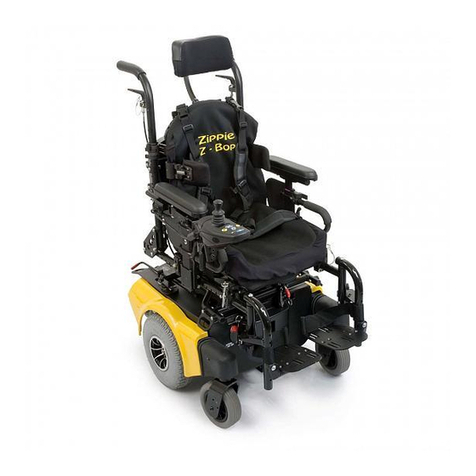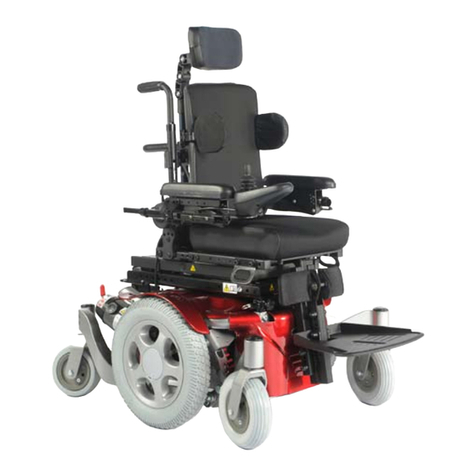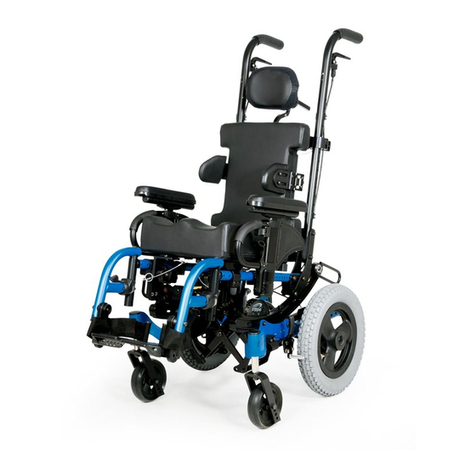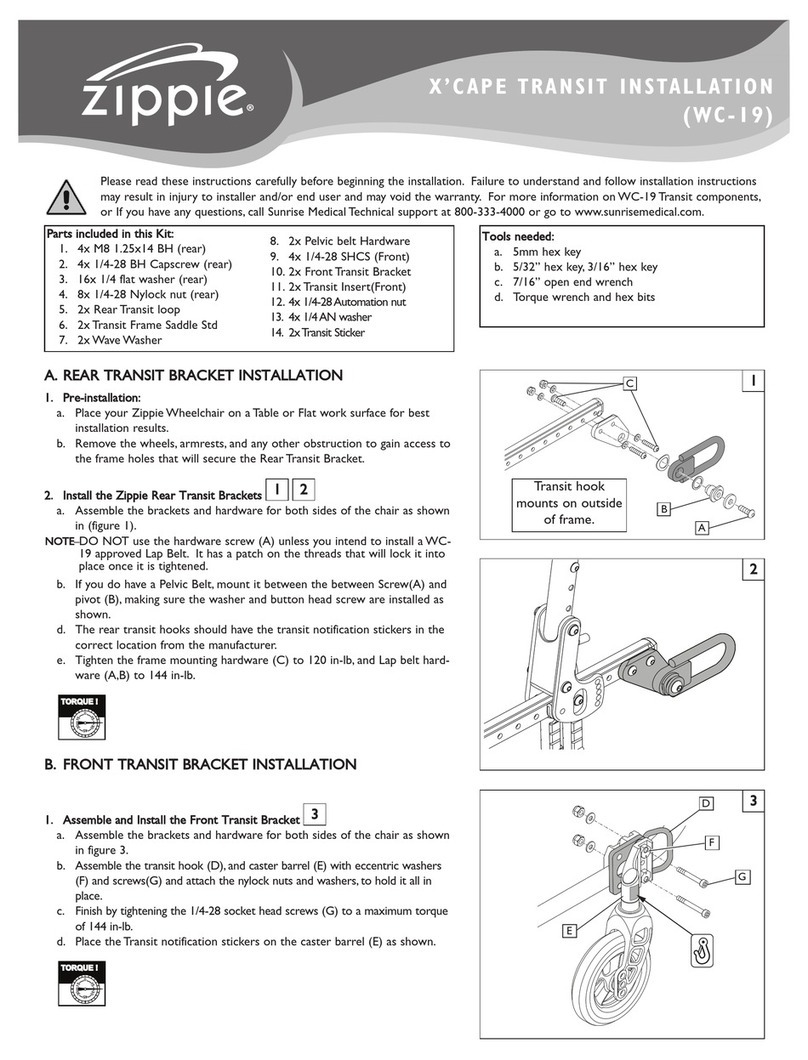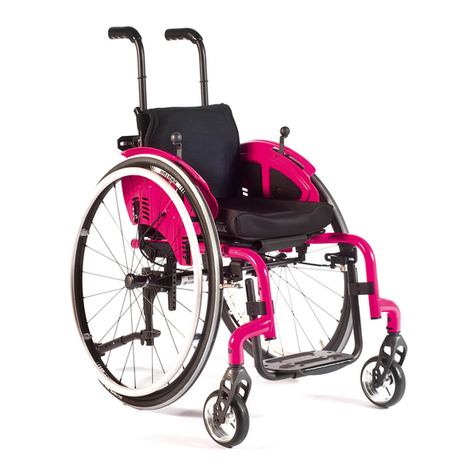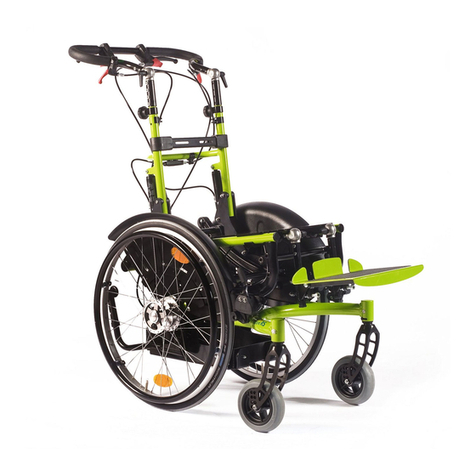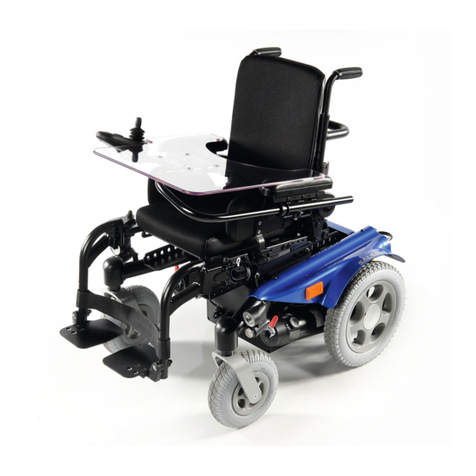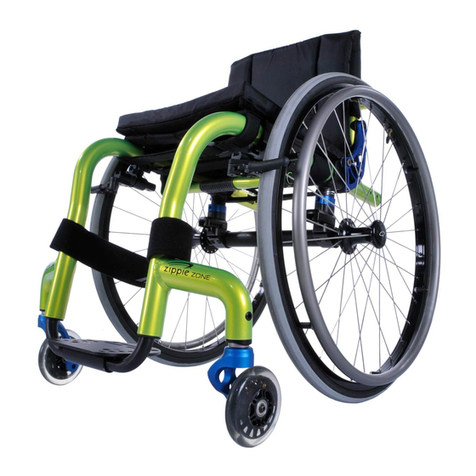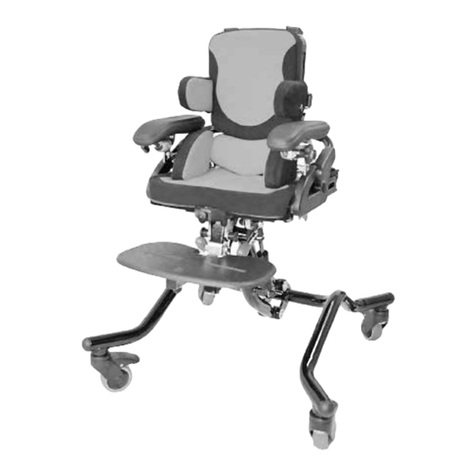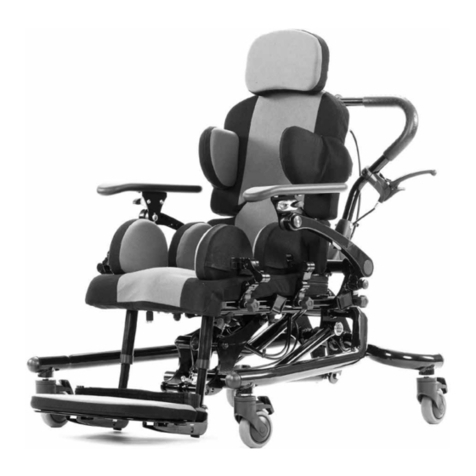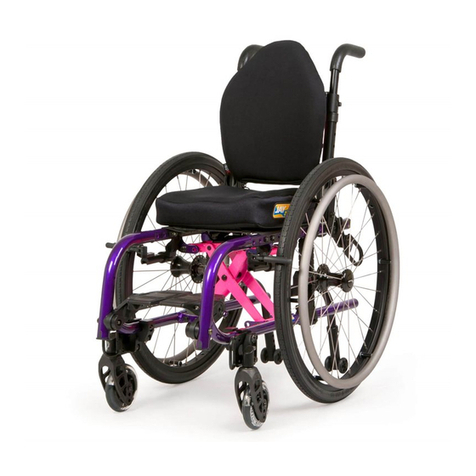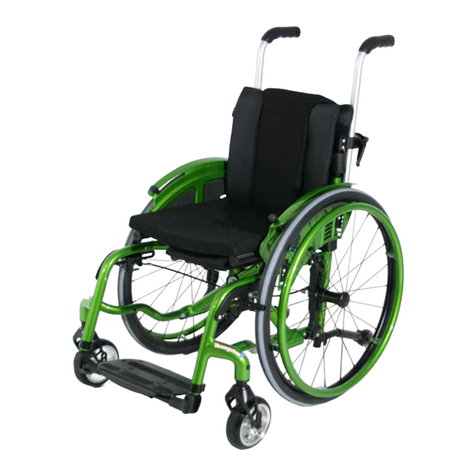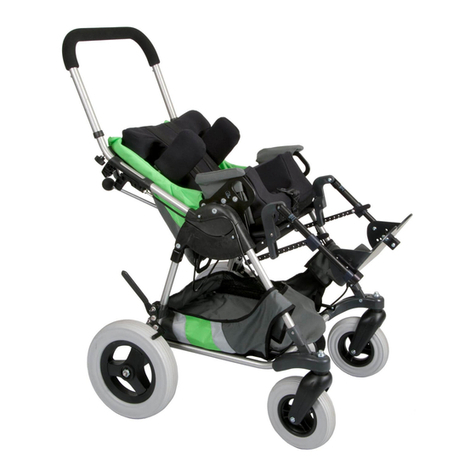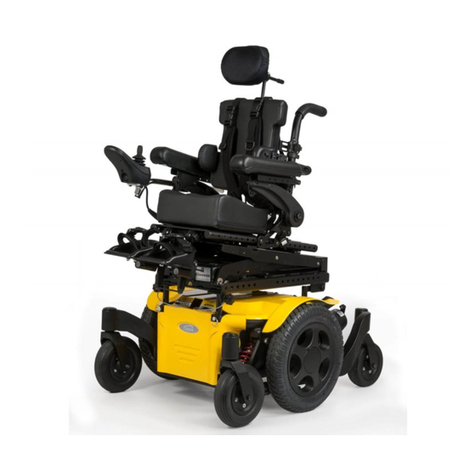
101510 Rev. A
II. TABLE OF CONTENTS
I. INTRODUCTION ..............................................................................
II. TABLE OF CONTENTS .......................................................................
III. YOUR CHAIR AND ITS PARTS............................................................
IV. NOTICE - READ BEFORE USE.............................................................
A.Choose the Right Chair & Safety Options .........................................
B.Review This Manual Often..............................................................
C.Warnings.....................................................................................
V. GENERAL WARNINGS ......................................................................
A.Weight Limit ...............................................................................
B.Weight Training ...........................................................................
C.Getting to Know Your Chair ...........................................................
D.To Reduce The Risk of an Accident..................................................
E.Safety Checklist ...........................................................................
F. Changes & Adjustments.................................................................
G.Environmental Conditions ..............................................................
H.Terrain........................................................................................
I. Street Use...................................................................................
J. Motor Vehicle Safety.....................................................................
K.When You Need Help ....................................................................
VI. WARNINGS: FALLS & TIP-OVERS.......................................................
A.Center of Gravity..........................................................................
B.Dressing or Changing Clothes.........................................................
C. Wheelies .....................................................................................
D.Obstacles ....................................................................................
E.Reaching or Leaning.....................................................................
F. Moving Backward .........................................................................
G.Ramps, Slopes & Sidehills..............................................................
H.Transfers.....................................................................................
I. Curbs & Steps ..............................................................................
J. Stairs .........................................................................................
K.Escalators ...................................................................................
VII. WARNINGS: FOR SAFE USE (ATTENDANTS).........................................
A.Tilt Use ......................................................................................
B.Descending a Curb or Single Step ...................................................
C.Climbing a Curb or Single Step.......................................................
D.Climbing Stairs ............................................................................
E.Descending Stairs.........................................................................
F. Maintenance ...............................................................................
G.Transit Use..................................................................................
VIII. WARNINGS: COMPONENTS & OPTIONS ...............................................
A.Anti-Tip Tubes .............................................................................
B.Armrests .....................................................................................
C.Stroller Handle.............................................................................
D.Fasteners ....................................................................................
E.Footrests ....................................................................................
F. Pneumatic Tires ...........................................................................
II. Table of Contents 3
English
2
3
5
6
6
6
6
7
7
7
7
7
7
8
8
8
8
9
9
10
10
10
10
11
11
12
12
13
13
13
13
14
14
14
14
14
15
15
15
16
16
16
16
16
17
17
